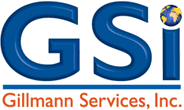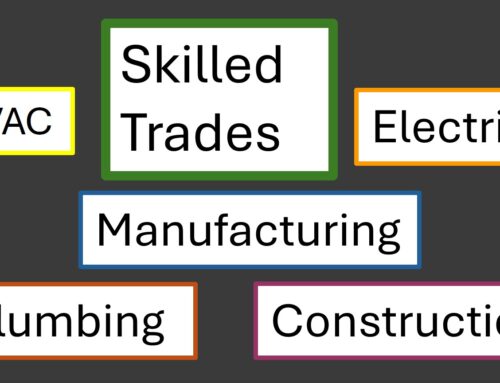
January 2020 held many promises. The unemployment was low, the economy appeared to be doing well, and businesses had set their goals for a booming year. Then the COVID-19 appeared on the horizon, and everything changed. Employment issues quickly changed from “What can I do about the skills gap?” to “How can we avoid bankruptcy due to the shutdown?”
The pandemic’s economic impact has been astronomical already and continues to grow. The manufacturing sector, approximately 13 million workers in the US, has been especially hard hit since many jobs are on-site and cannot be carried out remotely. Furthermore, the economic drop reduces the demand for industrial products.
As the nation considers the options for opening back up, one of the few sureties is that it will not be fast. Like every other business, the light industrial sector is wondering how long it will take and how successful recovery will be once restrictions are lifted.
7 Ways to Support Recovery
While most companies have business continuity plans, many plans are not equipped to handle the intensity of the volatile COVID-19 impact. While the situation changes from day to day, creating financial strategies for survival via the following steps will help your business attain a successful recovery.
Apply for government-backed funding. The process is never fast, but with the influx of applicants, it will take longer than usual. The sooner you tackle it, the better. Lines of credit, short-term funding, reduced tax burdens, and supply chain assistance are all measures that may become available.
Renegotiate fixed costs. In times of crisis, the status of everything is subject to change. Every item on the expense side of the ledger must be evaluated. Perhaps refinancing loans is an option to reduced fixed monthly payments.
Consider atypical ways to cut expenses. Even something as simple as turning down the lights can save crucial funds.
Review capital and corporate cost budgets. Identify marginal investments and discretionary items that can be reduced or temporarily cut altogether. Evaluate how revolving credit and cash flow reserves can support ongoing operations in the current low-revenue environment. Do you have underperforming assets that can be sold to produce an influx of cash? Can outsourcing specific responsibilities reduce costs?
Evaluate the cost of your workforce. Some businesses have chosen to keep everyone onboard but cut hours and reduce shift sizes. However, when everyone works half-time, they lose out on full pay, but cannot collect unemployment. Perhaps a more viable option is to keep part of your workforce on full time at full compensation and layoff the rest. This action enables some workers to continue to earn full pay and others to collect unemployment.
Automation technology. If you have been investigating various automation possibilities and already have funds set aside for it, this may be the time to move forward. With the shutdown orders limiting the number of workers, the investment in technology has the potential to save money. Of course, another option is to utilize those funds for critical cash flow issues.
Avoid an increase in expenses due to supply chain issues. Create a real-time awareness, via daily reporting, of issues that affect critical materials and components. Be preemptive – identify potential weak links and problems before they occur. Keep communication lines open and transparent, updating all parties as changes occur throughout the supply chain. Establish Update best practices as the situation evolves and assist suppliers in implementing them.
The team at Gillmann Services is doing everything possible to keep their associates employed and their clients ahead of the game in the battle against COVID-19 fallout. Contact us at any time for assistance.






